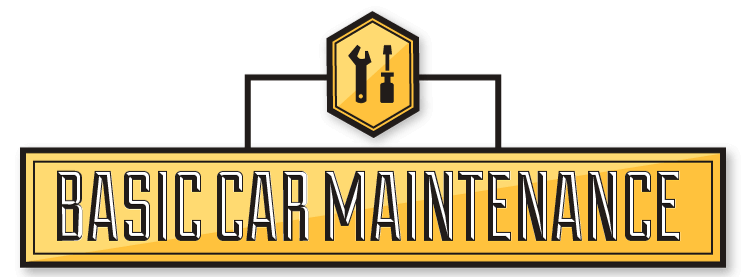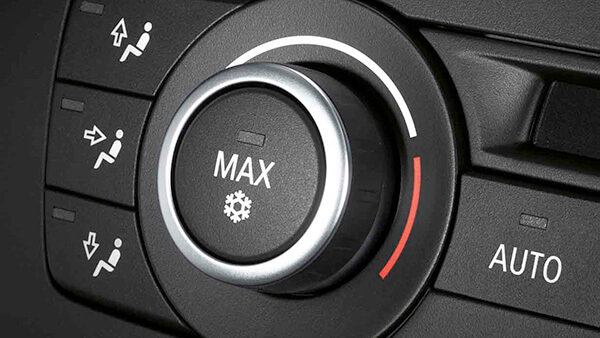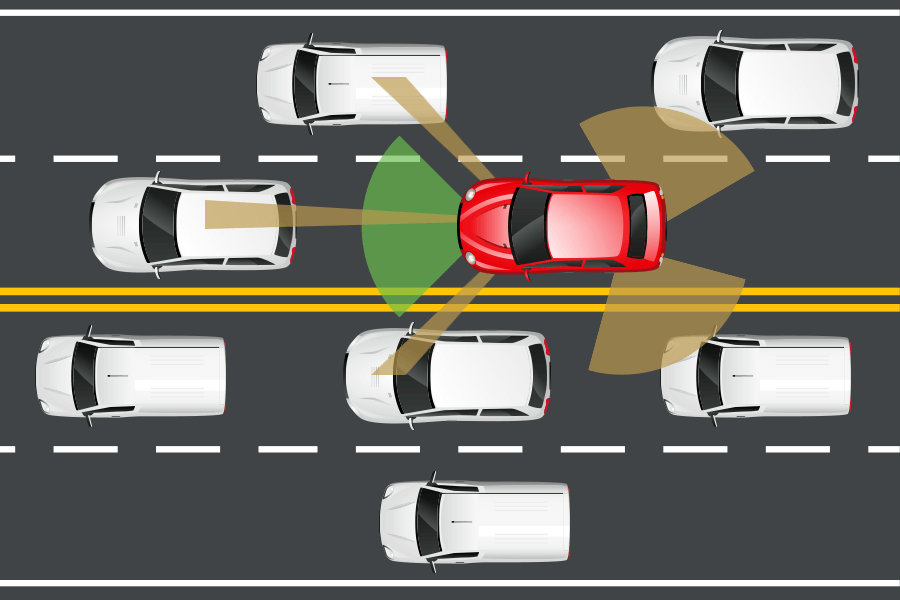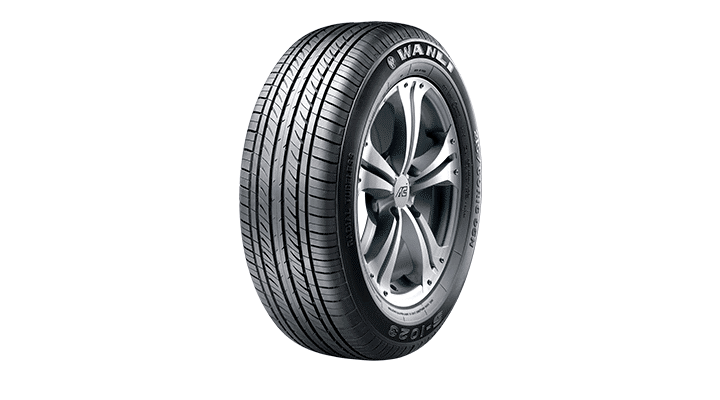Updated on 2024/03/23– You’re familiar with the old 3,000 vs. 5,000 miles oil change debate. And when your headlights dim, you change them out right away. But do you know how often you should flush your vehicle’s transmission fluids or check the radiator belts and hoses?
If you answered, “Sure, when something goes wrong,” you aren’t alone. One way to keep it all straight is to follow a basic car maintenance schedule. You’ll find one in your owner’s manual or you can create a customized car maintenance list.
Regular Or Severe Maintenance Schedule?
While you’re perusing your owner’s manual, you’ll find two different maintenance schedules, labeled as “regular” and “severe.” You may not think of your daily driving routine as “severe,” but your car feels otherwise if you regularly experience:
Stop-and-go traffic or idling
Short commutes of ten kilometers or less
Heavier loads, including cargo, passenger, or towing
Rough or mountainous roads
Dusty or salty environments
Extremely hot or below-freezing weather or a high humidity climate
If your vehicle frequently faces any of these conditions, consider switching to the severe maintenance schedule. The added cost of more frequent oil and transmission fluid changes will be offset with fewer breakdowns and serious repairs.
As a rule of thumb though, you can use this general car maintenance checklist to guide you.
Basic Car Maintenance Schedule
CHECK MONTHLY
- Check engine light (is it on?)
- Cleaning interior and exterior
- Lights
- Tire inflation, tread, and general condition
- Windshield washer fluid
CHECK EVERY 3 MONTHS/3,000 MILES
- Automatic transmission fluid
- Battery and cables
- Belts
- Check engine light (is it on?)
- Engine oil and filter
- Exhaust
- Fuel filter
- Hoses
- Lights
- Power steering fluid
- Tire inflation, tread, and general condition
- Windshield washer fluid
CHECK EVERY 6 MONTHS/6,000 MILES
- Automatic transmission fluid
- Battery and cables
- Belts
- Chassis lubrication
- Check engine light (is it on?)
- Polish
- Engine air filter
- Engine oil and filter
- Exhaust
- Fuel filter
- Hoses
- Lights
- Power steering fluid
- Tire inflation, tread, and general condition
- Windshield washer fluid
- Wiper blades
CHECK EVERY 9 MONTHS/9,000 MILES
- Automatic transmission fluid
- Battery and cables
- Belts
- Check engine light (is it on?)
- Engine air filter
- Engine oil and filter
- Exhaust
- Fuel Filter
- Hoses
- Lights
- Power steering fluid
- Tire inflation, tread, and general condition
- Windshield washer fluid
CHECK EVERY 12 MONTHS/12,000 MILES
- Automatic transmission fluid
- Battery and cables
- Belts
- Brakes
- Cabin air filter
- Check engine light (is it on?)
- Polish
- Coolant (Antifreeze)
- Engine air filter
- Engine oil and filter
- Exhaust
- Fuel filter
- Hoses
- Lights
- Power steering fluid
- Steering and suspension
- Tire inflation, tread, and general condition
- Windshield washer fluid
- Wiper blades
Now that you know what needs to happen and when, don’t forget to record all your hard work in a vehicle maintenance log. Use any of the smartphone apps out there or an old school notebook that you keep tucked away in your glove box. Either way, keeping track of basic maintenance and repairs will give you a clearer picture of your vehicle’s overall health.
What do you do to keep your car in top condition? Tell us in the comments below.









